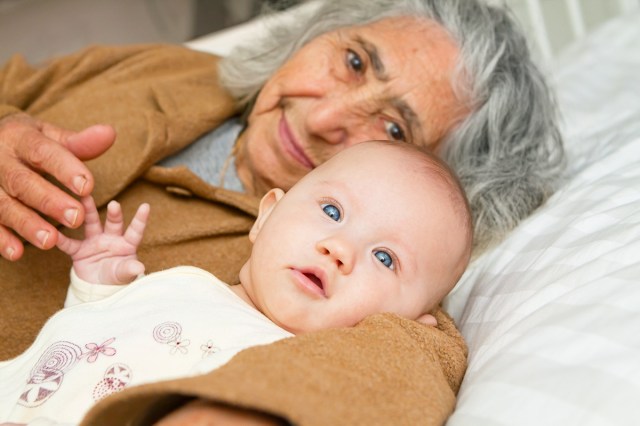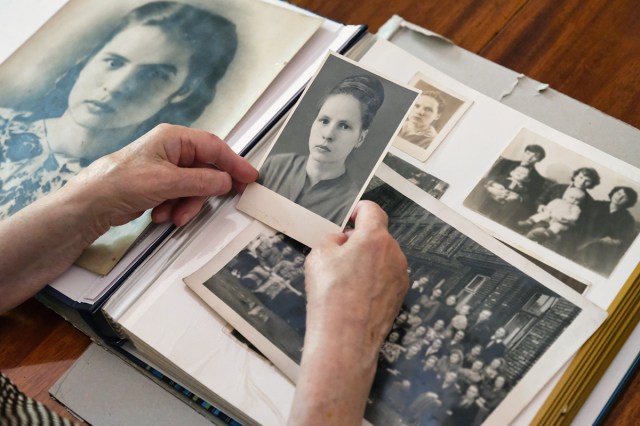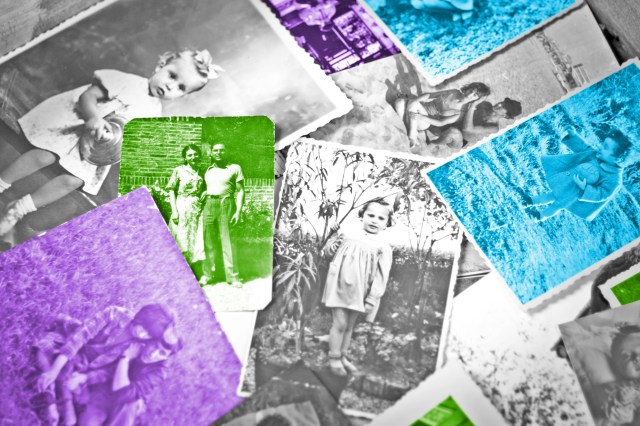
Second Cousins
Many of us have one or more first cousins, though you may rarely use the term “first” when referring to them. These are the children of your parents’ siblings, aka your aunts and uncles. You share a set of grandparents with these cousins, and because you’re generally in the same generation, they’re usually also the cousins you know best. First cousins often grow up alongside us, close in age and in experience, and can even sometimes feel almost like brothers and sisters.
Second cousins can also be in the same generation as first cousins, but they’re separated by one step. Rather than being the children of your parents’ siblings, they’re the children of your parents’ first cousins. So you and your second cousins share the same great-grandparents, but not the same grandparents. For example, if your grandmother’s sister has grandchildren, those grandchildren are your second cousins.
A handy way to keep this straight is to think of the number preceding “cousin” as pointing to the generation of grandparents the cousins share. First cousins connect at grandparents and second cousins connect at great-grandparents. From there, the pattern continues upward.

Third, Fourth, and Fifth Cousins
Once you understand second cousins, the rest is relatively easy to follow. Third cousins share great-great-grandparents and are the great-grandchildren of siblings. Fourth cousins share great-great-great-grandparents, and fifth cousins share great-great-great-great-grandparents. With each generation back, you add one more “great” to the ancestor you share.
As the generations multiply, the number of possible cousins expands dramatically. By the time you reach fourth and fifth cousins, you may have hundreds — even thousands — spread across regions or countries. That’s because your family tree grows exponentially: Each generation back doubles your number of ancestors, so you have 16 great-great-grandparents, 32 great-great-great-grandparents and 64 great-great-great-great grandparents, each potentially linking you to many different family branches.

What “Once Removed” Means
The other piece of cousin terminology that causes confusion is the word “removed,” a term that signifies the number of generations that separate cousins. If someone is your cousin “once removed,” that means they’re one generation above or below you.
For example, your mother’s cousin is your first cousin once removed, but your cousin’s child is also your first cousin once removed. In one case the person is a generation older, in the other a generation younger, but in both cases “removed” marks that generational gap.
If the gap in question spans two generations, that cousin is “twice removed.” For example, your grandmother’s cousin is your cousin twice removed. In theory, the “removed” label can continue indefinitely — three times removed, four times removed, and so on.
More Interesting Reads

Cousins Can Have Very Little Shared DNA
There’s no limit to how distantly related two people can be and still count as cousins. As long as they both share a common ancestor, however far back, they’re cousins to some degree. Genealogists and ancestry software can identify cousin relationships into the teens — so you may be able to trace links to 10th cousins, 12th cousins, and even 19th cousins.
What changes when we get higher up into our family trees is the closeness of the genetic connection. While full siblings share 50% of their DNA, first cousins share only about 14.4%, second cousins share just 3.4%, and third cousins share less than 1%. By the time you reach fifth cousins, the overlap is tiny and may not even appear in a DNA test, making genealogical records important for tracing connections.

Knowing How We’re Related Helps Us Know Ourselves
Cousin terminology can seem complicated — especially as these relationships become increasingly separated from us by numerous sets of grandparents and multiple generations. But these distinctions have long clarified inheritance and marriage rules, and today they help genealogists trace family networks across large swaths of history.
For most of us, though, it’s about connection: Second cousins and first cousins once removed can still be close enough to share family stories and give us insight into relatives we may have never met. And even those distant cousins, the ones we only know by the names inked in family records or online genealogy resources, are reminders of how families endure and how, in many ways, we are all connected.












